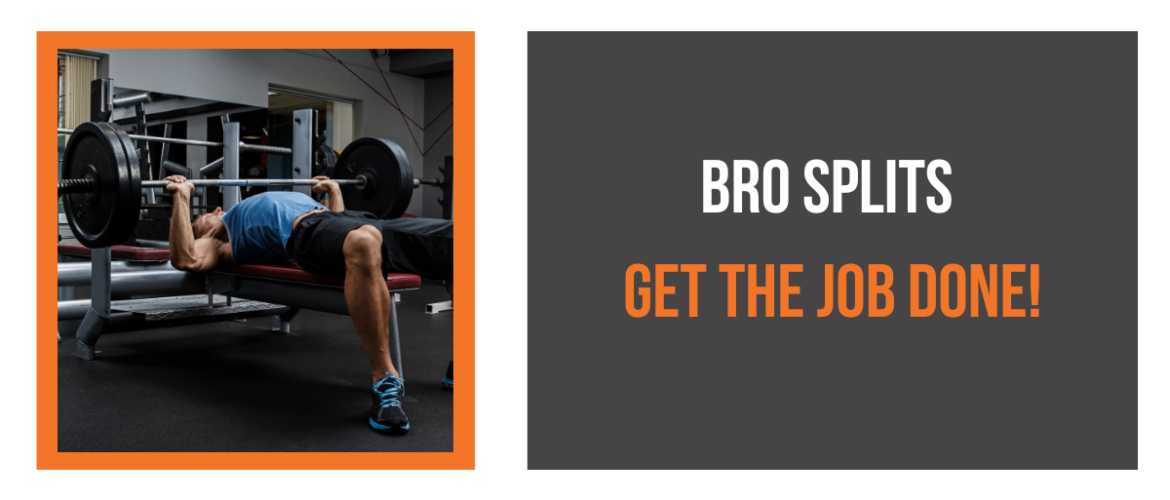GET IN TOUCH TODAY!
"*" indicates required fields

The Push-Pull-Leg (PPL) Split is a widely popular workout routine that divides exercises into three core movement patterns: pushing, pulling, and leg-focused exercises. This structure provides an effective way to target all major muscle groups, offering a balanced and efficient approach to training. Here’s why the PPL split is so beneficial and how you can make the most of it.
The PPL split focuses on distinct muscle groups during each workout. Pushing movements work the chest, shoulders, and triceps; pulling exercises target the back and biceps; leg days cover the quads, hamstrings, and glutes. This method ensures you train every major muscle group thoroughly, promoting balanced muscle growth and strength.
A significant advantage of the PPL split is the built-in recovery time between training sessions for similar muscle groups. After a push day, for example, your chest and triceps have plenty of time to recover while you focus on pull movements or leg exercises. This structure promotes muscle repair and growth, helping you avoid overtraining.
Whether you prefer working out three days a week (e.g., Monday: Push, Wednesday: Pull, Friday: Legs) or a more advanced six-day cycle, the PPL split can adapt to your schedule and fitness level. You can also incorporate cardio or skill work on rest days to keep your routine fresh and varied, making it an ideal choice for both beginners and experienced lifters.
The variety in the PPL routine keeps workouts engaging, which is key to staying motivated over the long term. You’re less likely to hit a training plateau or lose interest when each session feels different, and seeing consistent progress in your workouts helps maintain motivation. Sticking to a fun, structured routine also makes it easier to stay committed to your fitness journey.
The PPL split is highly customisable, allowing you to add a specialisation day to focus on weaker areas or specific muscle groups. If you want to target lagging muscles or refine a particular area, such as the arms or legs, adding an extra training day is a great option. This flexibility makes the PPL split even more effective for personalised fitness goals.
Some critics argue that the PPL split places less focus on the lower body, as there are two upper-body days and only one leg day. However, you can modify the routine by adding additional lower-body exercises or creating a second leg day to maintain balance.
For advanced lifters, the three-day version of the PPL split may require longer workout sessions to achieve the desired training volume. This can be a challenge for those with limited time. The six-day option requires careful attention to recovery and nutrition to avoid overtraining and ensure optimal results.
If not planned correctly, muscle fatigue can overlap between sessions. For example, performing deadlifts on pull day and squats on leg day can strain the lower back. To prevent this, it’s important to plan your exercise selection carefully and ensure adequate recovery time between sessions.
While some argue that the PPL split isn’t the best choice for everyone, particularly for those with highly specific fitness goals, it remains a fantastic option for most people. The routine is fun, varied, and promotes good recovery, which ultimately makes it easier to stick to. For those who find joy in their workouts and follow a well-balanced recovery plan, the PPL split offers excellent long-term results. Interested in trying it out? Download a FREE Push, Pull, Leg Workout
Enrol in one of our personal training courses and gain the skills needed to become a certified expert. Let us help you turn your passion into a career!
"*" indicates required fields